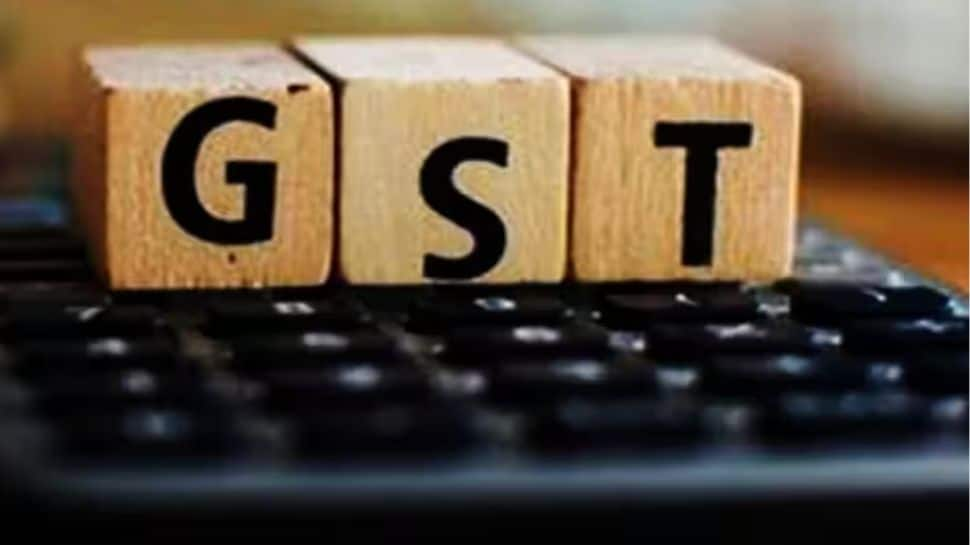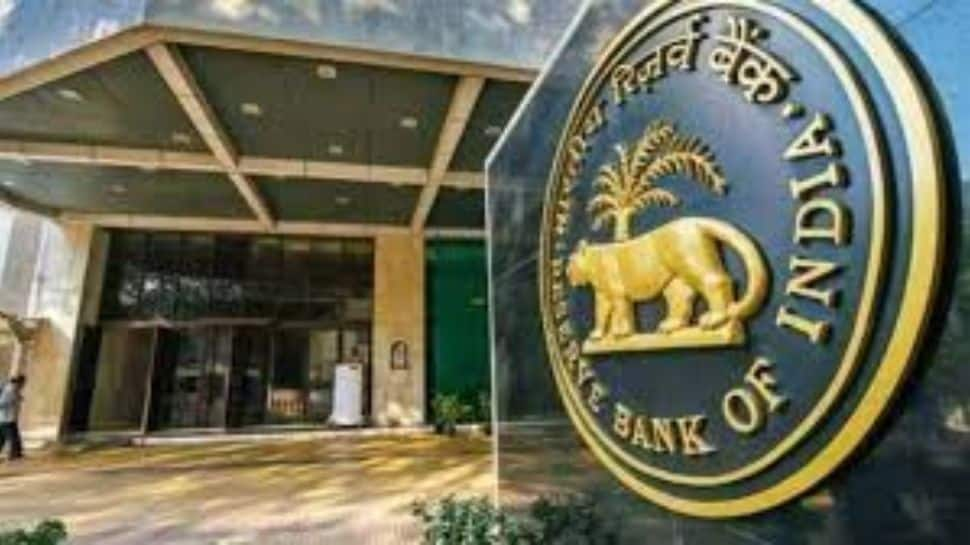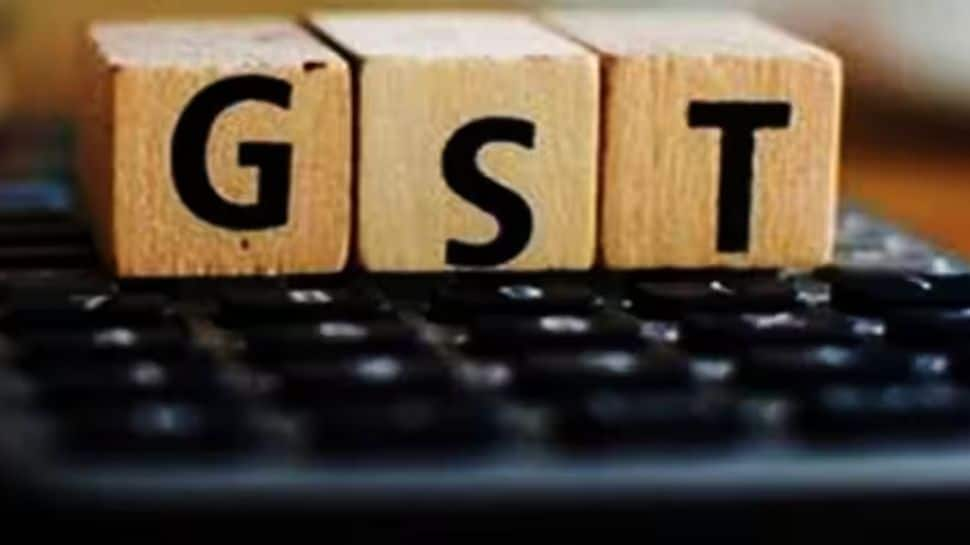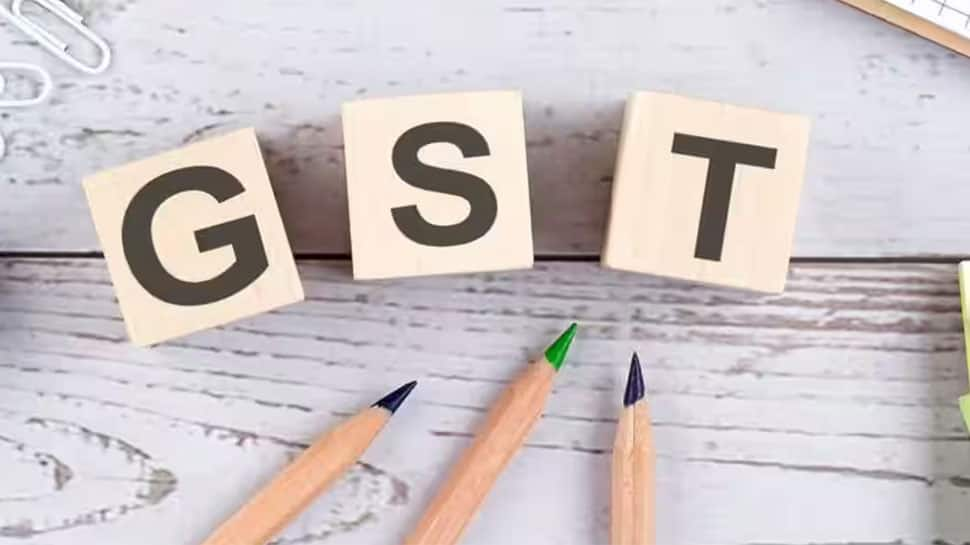Business
From Makhana To Shahi Litchi, GST Rejig To Boost Bihar’s Economy, Ramp Up Exports
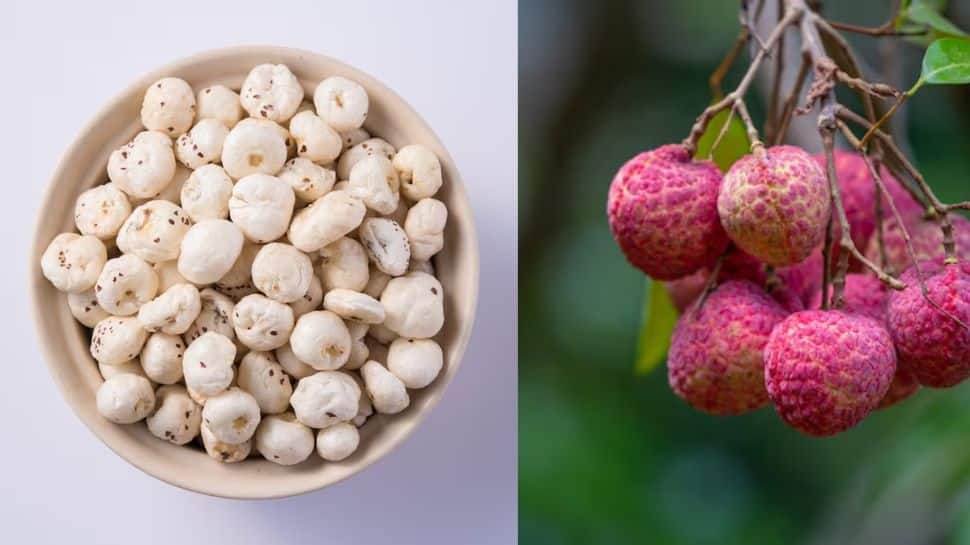
New Delhi: The recent GST rate rationalisation is set to boost Bihar’s economy, rooted in agriculture, handlooms, handicrafts and food processing — easing the burden on consumers, supporting rural livelihoods, strengthening MSMEs and enhancing competitiveness in exports, an official statement said on Saturday, as reported by IA.
From makhana farmers in Mithila to silk weavers in Bhagalpur, dairy producers linked with Sudha, and engineers at Madhepura’s rail factory, the GST reforms are expected to reach across the state’s traditional and modern sectors alike. The impact will be visible across agriculture, handlooms, handicrafts, dairy, fertilisers, rail manufacturing, bamboo and cane crafts, and emerging areas such as AYUSH and honey.
The reforms will boost agriculture with Makhana, Shahi Litchi and processed foods gaining from GST cuts, benefitting lakhs of farmers and MSMEs. It will also bring relief to Sudha’s 9.6 lakh farmers, supported through GST-free milk and paneer and lower rates on ghee, butter and ice-cream.
Handlooms and crafts like Bhagalpuri silk, Madhubani art, Sujini and Patharkatti stone carving will become more competitive, and farmers will benefit from cheaper fertilisers, micronutrients and machinery with 7-13 per cent expected cost savings.
In an industry push with rail hubs, AYUSH products and honey clusters will see 6-13 per cent relief in costs in the state. Bihar produces 80-90 per cent of India’s makhana, sustaining about 10 lakh families engaged in cultivation and processing. The crop is concentrated in northern Bihar’s Mithilanchal region, grown in pond networks across Darbhanga, Madhubani, Purnea, Katihar, Saharsa and adjoining districts.
With GST on makhana-based snacks reduced from 12 per cent to 5 per cent, processors and exporters are expected to gain from an effective cost reduction of about 6-7 per cent, making the product more competitive in both domestic and overseas markets. Muzaffarpur’s GI-tagged Shahi Litchi, also grown in Vaishali, Champaran, Sitamarhi and Samastipur, sustains thousands of small farmers and seasonal workers.
Bihar accounts for nearly 35 per cent of India’s litchi output. With GST on juices, jams and pickles reduced from 12 per cent to 5 per cent, there is an expected cost saving of 6-7 per cent, encouraging more local processing and supporting access to niche markets in the Gulf.
Bihar’s MSME clusters in Patna, Hajipur and Bhagalpur handle a wide variety of processed foods, with micro-units and women-led SHGs engaged in snacks, pickles, bakery and sauces. Brands like Sudha cater to Bihar and East India, while makhana-based products are reaching pan-India markets.
Bhagalpur industrial estate alone hosts over 40 food and agro units, with new food park and bottling projects adding jobs. With GST on biscuits cut from 18 per cent to 5 per cent and on namkeens and sauces from 12 per cent to 5 per cent, prices are expected to fall by 6-11 per cent, supporting demand and strengthening MSME margins.
A backbone of Bihar’s rural economy, the dairy sector sustains about 9.6 lakh mostly marginal farmers through COMFED (Sudha), with strong participation of women in collection and SHGs. Processing, chilling, transport and retail provide thousands of jobs across the state, anchored in hubs like Patna and Barauni. With UHT milk and paneer now GST-free, ghee and butter cut from 12 per cent to 5 per cent, and ice-cream from 18 per cent to 5 per cent, products are expected to be 5-13 per cent cheaper.
These cuts will ease working capital pressures on dairies, strengthen cooperative networks, and improve affordability for households across Bihar and East India, according to the official statement.
Business
US agrees deal to slash Swiss tariffs to 15% after golden charm offensive

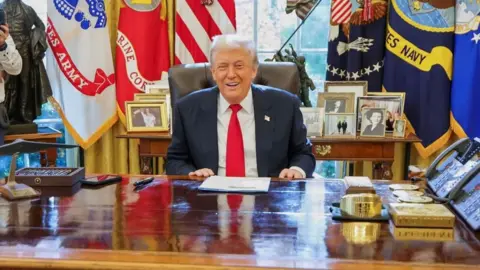 AP
APPaul KirbyEurope digital editor
Switzerland and the US have agreed to cut President Donald Trump’s steep 39% tariffs on Swiss exports to 15%, as part of a deal that involves a Swiss promise to invest $200bn (£150bn) in the US.
“It’s a great relief for our economy,” said Swiss Economics Minister Guy Parmelin, who said significant damage had been done since the additional tariffs had kicked in last August.
Parmelin said a move by Swiss business leaders to meet Trump in the White House last week had proved “decisive” in reaching a deal.
Industry chiefs visited the Oval Office, bearing gifts including a Rolex gold watch and a specially engraved gold bar from Swiss-based gold refining company MKS.
Initial attempts by Swiss President Karin Keller Sutter to change Trump’s mind had fallen on deaf ears. Trump said she “was a nice woman, but she did not want to listen”.
But after the 4 November encounter with Swiss business leaders, Trump revealed this week a deal was being worked on.
US Trade Representative Jamieson Greer confirmed an agreement had been reached, saying “President Trump’s unmatched dealmaking continues to deliver for the American people”.
The deal had involved very hard work, said chief trade negotiator Helene Budliger Artieda. Guy Parmelin said it would bring Switzerland into line with the 15% tariff rate negotiated with the US by its European Union neighbours.
The economics minister said it involved the Swiss economy investing $200bn directly in the US by 2028. A third of that Swiss money will be invested in the US in 2026 under the deal.
Switzerland has also agreed to axe tariffs on a quota of US meat exports including beef, bison and poultry.
Greer said the deal “tears down longstanding trade barriers” and Swiss investment would bring thousands of new jobs.
For Swiss industry, the deal could not come soon enough. Tech exports to the US are down 14.2% on the third quarter of last year, according to latest statistics – a dramatic fall since the tariff hike was imposed in August.
The role of Swiss industrialists appears to have been key, and some particularly those trading in luxury goods, gold, or commodities, already had contacts in Trump’s circle.
In September, Trump appeared at the US Open tennis final in the Rolex VIP box hosted by the Swiss watch company’s chief executive Jean Frédéric Dufour.
 MANDEL NGAN/AFP
MANDEL NGAN/AFPThe president even asked if the Rolex CEO would have been there if Trump had not slapped such steep tariffs on Switzerland.
Last week Dufour met Trump again, this time in the Oval Office, along with fellow business leaders including Johann Rupert from luxury goods maker Richemont and Marwan Shakarchi from MKS.
Days after the meeting, Trump was pictured in the Oval Office with what looked very much like a Rolex “Datejust” desk clock, produced by the company as a collector’s item, and worth tens of thousands of dollars.
A White House official has confirmed to the BBC the two items were given to Trump.
It is quite normal nowadays for visitors to the Oval Office to come bearing a gift.
UK Prime Minister Sir Keir Starmer brought an invitation from King Charles for a lavish state visit. German Chancellor Friedrich Merz offered a framed copy of the birth certificate of Trump’s German grandfather.
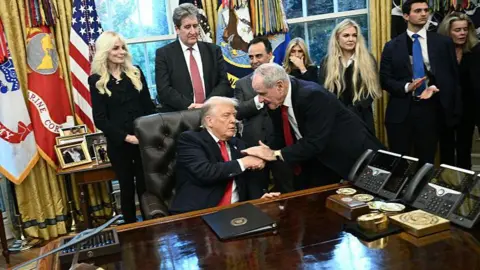 BRENDAN SMIALOWSKI/AFP
BRENDAN SMIALOWSKI/AFPThe US president receives thousands of gifts every year and they then become US property, deposited with the National Archives and filed annually by the state department.
They are eventually transferred to a presidential library. Some gifts can be kept but presidents have to pay federal taxes if they do not come from a close relative.
Swiss industry has been waiting for a deal with bated breath and a number of Swiss companies had warned they would have to furlough staff if nothing changed.
Yves Bugmann, who heads the Swiss Watch Industry Federation, welcomed the deal after months of uncertainty.
Asked what kind of investment the Swiss government might make in the US that would add up to $200bn, Helene Budliger Artieda said there was a detailed list that included pharmaceuticals, but she singled out plans for plane manufacturer Pilatus to build a big US plant and train-maker Stadler to expand its US operations in Utah.
Gold refining is also part of the plan.
“Currently, Switzerland is the primary location for gold storage, and New York is the primary location for trading,” said trade negotiator.
The chief trade negotiator said it would take a few days or even weeks for the changes to come into effect.
The agreement will only become binding when it receives approval from the Swiss parliament, and then it will be put to a referendum.
Business
Trade push: India seeks faster Russian clearances as both sides target $100 bn by 2030; pharma and marine approvals on priority – The Times of India

India has asked Russia to fast-track approvals for Indian exporters –including expedited listing of domestic establishments and quicker registration of marine and pharmaceutical products — as part of a broader push to expand two-way trade, the commerce ministry said on Thursday.Commerce secretary Rajesh Agrawal, currently in Moscow, stressed the need for “confidence-building measures to unlock market access” during discussions with Russian officials at the 26th Meeting of the India-Russia Working Group on Trade and Economic Cooperation, reported ET.“The issues included expedited listing of Indian establishments and a systems-based approach with FSVPS in agriculture, especially marine products and a time-bound pathway in pharmaceuticals covering registration, regulatory reliance and predictable timelines,” the official statement said, quoted ET. FSVPS is Russia’s Federal Service for Veterinary and Phytosanitary Supervision.Agrawal and Russian deputy minister of economic development Vladimir Ilyichev finalised and signed a forward-looking protocol covering multiple sectors aimed at strengthening economic ties. Bilateral trade currently stands at $25 billion, with both sides committed to raising it to $100 billion by 2030.The working group identified opportunities across engineering goods, chemicals and plastics, electronics, pharmaceuticals, agriculture, leather and textiles. It also mapped areas where Indian strengths –including smartphones, motor vehicles, gems and jewellery, organic chemicals, textiles and leather — can support Russia’s trade diversification and de-risking strategy.In services, India encouraged Russian entities to increase procurement of Indian IT-BPM, healthcare, education and creative services. It also pushed for predictable mobility for Indian professionals amid growing labour shortages in Russia.India highlighted its global capability centre (GCC) ecosystem — over 1,700 centres employing nearly 1.9 million professionals — as a ready platform for Russian firms to enhance business continuity, cybersecurity, design, analytics and shared-services support, bolstering supply-chain resilience.The Indian side acknowledged Russia’s interest in concluding a bilateral investment treaty. Both countries also agreed to “explore payments solutions to meet the needs for businesses, especially medium, small and micro enterprises,” the ministry said.The engagement comes ahead of intensified bilateral activity, with Russian President Vladimir Putin scheduled to visit India on December 5 for the Russia-India Forum.
Business
Jaguar Land Rover cyber attack cost company nearly £200m

A cyber attack on Jaguar Land Rover (JLR) cost it nearly £200m, the company has announced.
The UK’s largest car manufacturer said it has “made strong progress” in recovering its operations at pace since the attack.
JLR stopped production across its UK factories for five weeks from 1 September after being targeted by hackers a day earlier.
All of the group’s manufacturing sites – including factories in Solihull, West Midlands, and Halewood, Merseyside – restarted operations last month.
JLR has revealed it swung to an underlying loss of £485m over the second quarter of the year as earnings were knocked following a severe cyber attack.
The British luxury carmaker had made a profit before tax and exceptional items of nearly £400m over the same period in 2024.
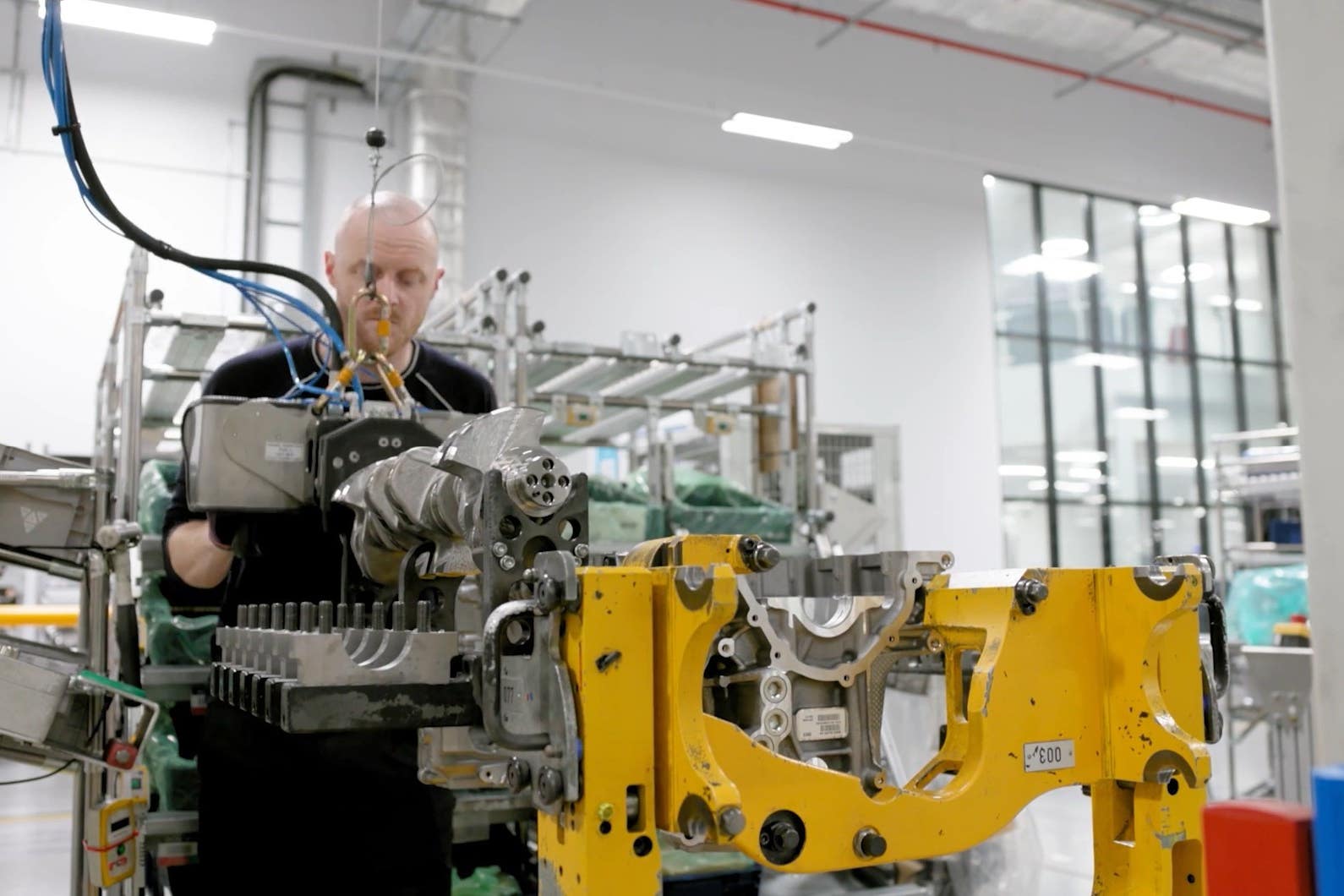
It also reported a £134m loss for the six months to the end of September, from a £1.1bn profit the prior year.
JLR’s chief executive Adrian Mardell said the company’s financial performance was “impacted by significant challenges, including a cyber incident that stopped our vehicle production in September and the impact of US tariffs”.
The manufacturer revealed costs of £196m relating to the cyber attack.
The cyber attack on Jaguar Land Rover is thought to have been the UK’s most economically damaging hack and is estimated to have cost the country £1.9bn.
Research from the Cyber Monitoring Centre indicates that around 5,000 businesses nationwide have been hit by the fallout.
Its experts analysed the incident’s broad impact across the economy and supply chain to arrive at the figure.
Jaguar Land Rover halted production at its UK factories for five weeks from 1 September after being targeted the previous day.
This disruption led to warnings from suppliers that many faced collapse without rapid trading resumption or financial aid.
-

 Entertainment6 days ago
Entertainment6 days agoChina unveils£5.4 bn Fujian, its most advanced aircraft carrier yet
-
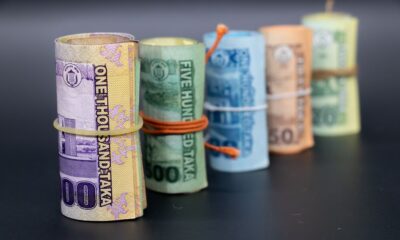
 Fashion1 week ago
Fashion1 week agoBangladesh Bank allows foreign currency-taka swap facility for dealers
-

 Tech1 week ago
Tech1 week agoThe AI Data Center Boom Is Warping the US Economy
-

 Politics6 days ago
Politics6 days agoIDF lawyers warned of possible Gaza war crimes: US intel findings
-
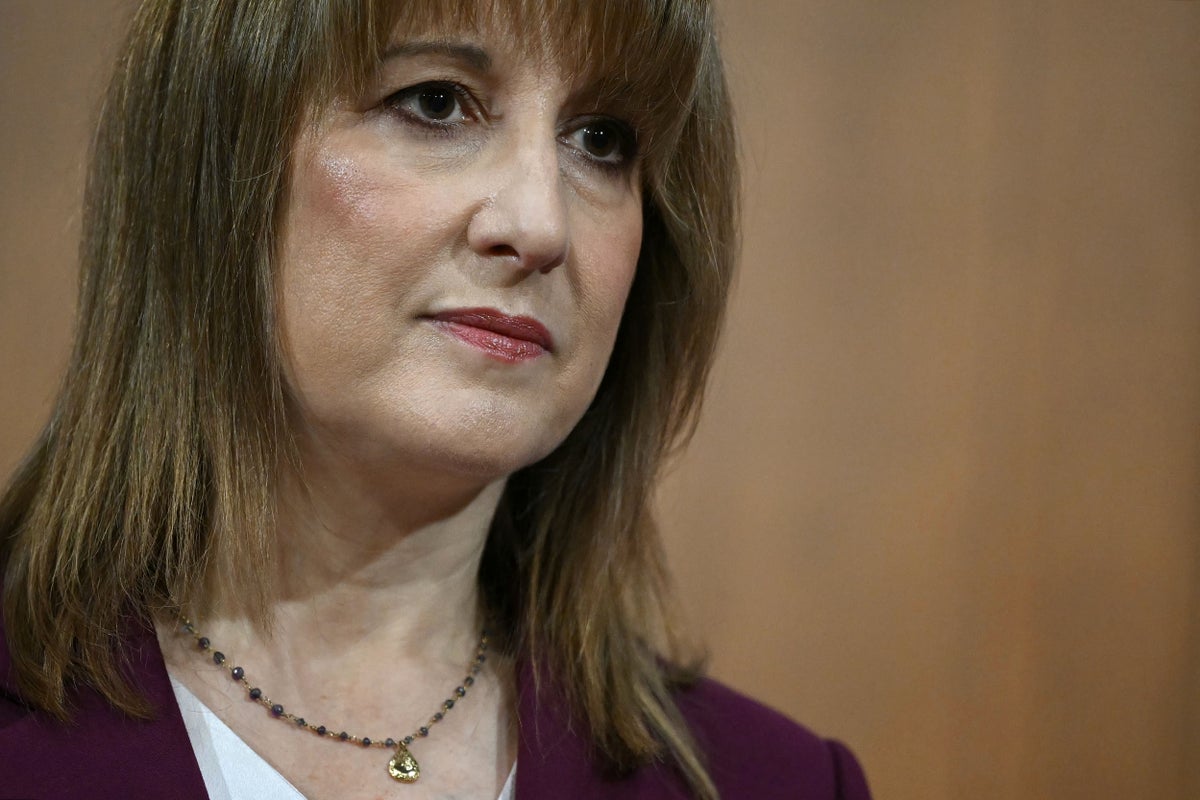
 Business1 week ago
Business1 week agoBudget tax hikes could see food prices soar, major supermarket boss warns
-

 Tech7 days ago
Tech7 days agoThe Government Shutdown Is a Ticking Cybersecurity Time Bomb
-

 Entertainment1 week ago
Entertainment1 week agoMeghan Markle returns to acting in star-studded film: details inside
-

 Tech1 week ago
Tech1 week ago‘Vibe coding’ named word of the year by Collins dictionary


